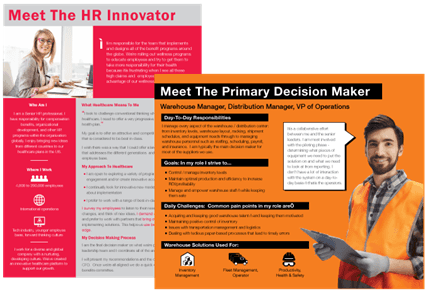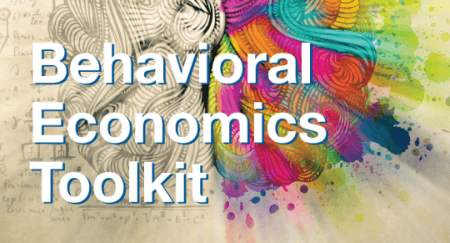Why Is It Important to Have High Staff Engagement and Maximise Morale in the Workplace?
B2B companies are becoming more crowded and commoditised across the board, often advertising similar job benefits and perks. Competition is increasingly fierce and the cost of training new recruits is rising, so it is essential to retain the employees who bring value to the company. As well as this, companies need to understand and maximise the potential of the diverse behaviours and attitudes of their workforce; which is often multigenerational, consisting of individuals across various nationalities and beliefs.
What Are Personas?
In simple terms, a persona is a character created based on research to represent different personalities and segments of individuals who, in this instance, are employed in the workplace. By creating employee personas, employers can better understand, develop and cater to employee needs and aspirations. Whether they may be ‘the high flyer’, ‘the innovator’ or ‘the nerdy one’, should not be taken into account.
Employee personas are created to recognise that there are different segments of people, who are not necessarily characterised by a similar age, background or experience level, but rather by different attitudes, behaviours and needs. Once these have been identified, employers are able to better understand their employees and ultimately drive the growth of both the individual and the company.
Why Create Employee Personas?
The key benefits of creating employee personas are as follows:
-
Appreciation of the employee – understand the persona perspective, what goals they have, what challenges they may face, their behaviours and attitudes on a day to day basis and how these have developed. This allows the company to act proactively upon this, creating enthused, loyal and determined personnel. It also allows the company to work collaboratively and make decisions which are mutually beneficial to both employees and organisation growth. This also leads to effective management, which again only comes from truly understanding your employees and what they want. Appropriate mentoring and guidance are proven to have a higher chance of growing the individual’s core strengths. Combined with appreciation of the employee, this will help to retain your workforce and ensures that both you and your employees have a unified purpose.
-
Greater efficiencies – by understanding the different customer journeys each persona undertakes, what their pain points may be and where their core strengths lie, companies can use this information to their advantage and reduce inefficiencies by having employees play to their core strengths. These pain points and strengths will become cues to best communicate with these employees and find out what strategies and methods work most effectively for that employee group.
-
Maintaining your company culture – particularly when hiring new employees – by creating employee personas, employers can choose individuals who best fit your existing employees and your company. As the process of attracting new employees becomes increasingly fierce, advertising employee personas can help you to zero in on the ideal candidate for your company. This goes beyond the usual checklist of qualifications, work experience and skillset, but can also incorporate the mindset and character of new employees and help to gain a new perspective for your company.
How To Create Employee Personas
-
Map out the steps each employee takes, from the initial hiring process through to career progression, to eventually leaving the company, whether this be through retirement, a career change or career break
-
Gather information about the different job descriptions, aspirations and challenges different departments, experience levels and ages may face
-
Analyse and design the data into personas based on common attitudes, needs and behaviours of employees
-
Remember that one persona may cover those of different ages, job roles and levels of experience, depending on their approach and attitude to the workplace
-
Use your employee persona research to design your solution and steps going forward
-
Revisit and maintain your employee personas every six months to keep them up to date – these may change over time from the introduction of new technologies and general working rules and regulations

Conclusion
Everyone knows by now that the saying ‘one size fits all’ isn’t true, particularly in the multicultural, multigenerational and dynamic society in which we live. Without considering individual’s needs, companies risk employee disengagement and lower levels of productivity. Instead, be proactive and find out what your employee personas are and utilise this to your advantage – understand how needs may differ in order to improve engagement levels, loyalty and employee wellbeing.


